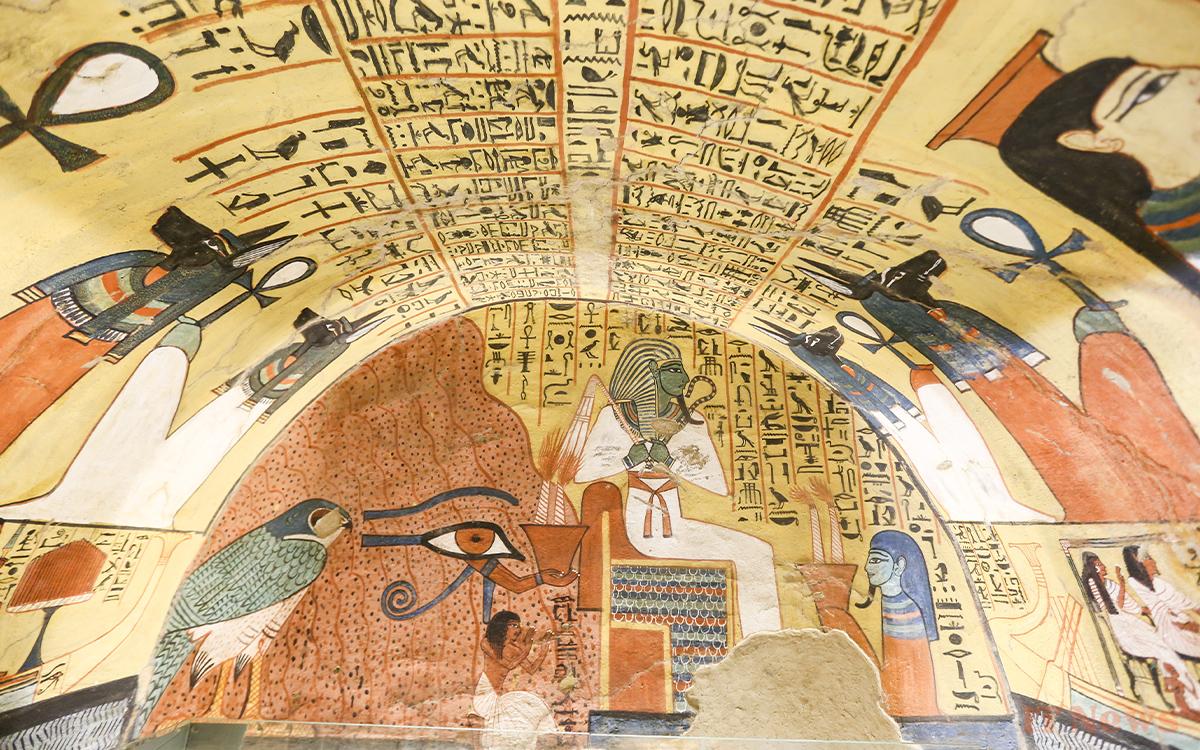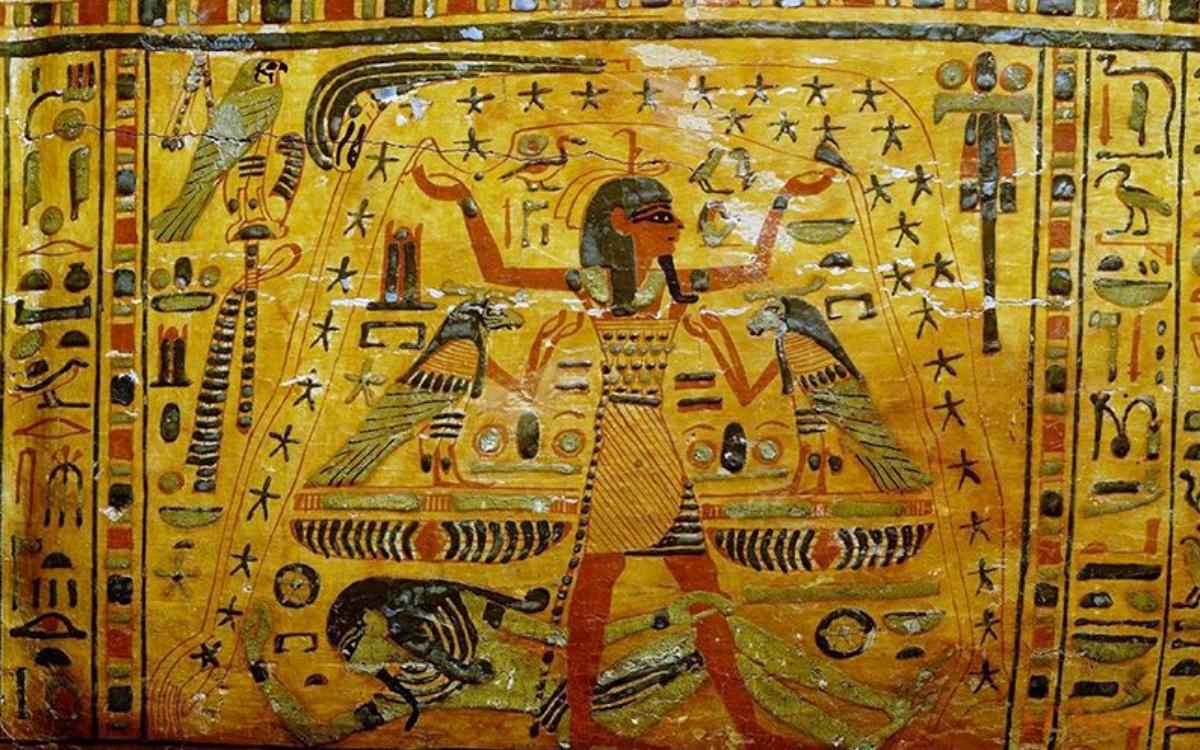5,000 years ago, the Egyptians were already scanning the sky and recording their observations. While researchers have studied the mythological significance these early astronomers attributed to the stars, the significance they assigned to our galaxy has long remained a mystery... until the publication of this recent study. Welcome to this new dimension.
While astronomy was born in Mesopotamia, the ancient Egyptians were not left behind. Without the technologies we have today, which are constantly evolving, they had advanced knowledge of the cosmos: mapping constellations, tracking stars such as the Sun, conceptualizing the 365-day calendar...
At the time, there was no light pollution: the celestial vault was observed with the naked eye and our galaxy was among its most remarkable elements. While many cultures associated a specific role and name with it, those attributed to the Milky Way by the Egyptians were shrouded in mystery... until a recent study lifted the veil.
Read also: This spacecraft will take astronauts around the Moon in 2026
Observing the sky among the ancient Egyptians: between astronomy and mythology
Egyptian astronomy is among the first. In the imagination of ancient Egypt, it was fully integrated into the culture, including mythology.
Gradually, researchers are reconstructing its substance:
- The god Sah was associated with the stars of the constellation of Orion,
- The god Geb personified the Earth,
- Ra embodied the Sun…
And it was Nut – pronounced “Nout” –, the goddess of the sky who connected them. Depicted arching over her brother-in-law, Geb, she forms a protective dome.
But the link between mythology and our galaxy has long remained mysterious... until recently.
Using modern astronomy to explore the link between our galaxy and Nut
Unconvinced by the arguments put forward by Egyptologists, Or Graur, associate professor of astrophysics, became interested in an old hypothesis: the Egyptians considered our galaxy to be a manifestation of Nut.
But since they were incompatible with each other and did not coincide with Egyptian texts, their attempts to map Nut's body onto the Milky Way proved futile.
Graur therefore relied on simulations of the Milky Way from ancient Egypt and compared them with descriptions of Nut from numerous Egyptian texts. The most informative were:
- the Pyramid Texts, collections of spells to help kings travel to the afterlife carved on their walls more than 4,000 years ago;
- the Coffin Texts, painted on sarcophagi a few hundred years after the age of the pyramids;
- and especially the Book of Nut, the oldest version of which is almost 3,000 years old and which "none of the previous studies had used," even though it describes the goddess's role in the solar cycle.
According to the researcher's analysis, the goddess could never be mapped, because her head and groin (the western and eastern horizons, respectively) must be constantly motionless in the night sky. Otherwise, Nut could not swallow and then give birth to the "decanal" stars according to their twilight and dawn.
It is in the description of the orientation of Nut's arms that Graur finds a possible link with our galaxy: thanks to astronomical simulations, he discovered that it coincided with the orientation of the Milky Way in the winter sky.
Thus, just as Nut was represented as a cow to highlight her maternal attributes, if the Milky Way is not a physical manifestation of Nut, it would undoubtedly highlight her celestial attributes. But this was still not conclusive proof of their connection...
The discovery of an early visual interpretation of the Milky Way...
For a year,Graur continued his researchusing a corpus of 555 elements from Egyptian coffins nearly 5,000 years old. His findings were published last week in the Journal of Astronomical History and Heritage. Among these, the cosmological vignette of Nesitaudjatakhet's outer coffin stands out: it features a thick, wavy, black curve dividing Nut's star-studded body. Similar curves have been found elsewhere: Cutting through the astronomical ceiling in the tomb of Seti I, in the tombs of Ramesses IV, VI, and IX, where Nut is depicted... It recalls the Great Rift, a dark nebula obscuring part of the Milky Way's pearly band. So, according to Graur, this curve is one of the earliest visual representations of our galaxy. And above all, he argues that mrnḫ3 (Winding Waterway) would be the Egyptian name for the Milky Way.
And because of its unique character, while Nut and the Milky Way are indeed linked, they would not necessarily be synonymous: “We should not consider the Milky Way as a representation of Nut, but as another astronomical phenomenon which, like the Sun and the stars, was part of the sky and could therefore appear on Nut’s body.”
… which sheds light on the conception of ancient Egyptian astronomy
This recent study therefore sheds new light on how the Egyptians were able to use astronomy and interpret the Milky Way.
Graur drew other conclusions from this:
- Since only 25% of the cosmological vignettes featuring Nut depict her with the decorated body of stars, this suggests that the Egyptians of the 21st and 22nd dynasties probably preferred the daytime sky.
- This study on Nut and its connection to the Milky Way feeds into a larger project and supports an observation made by the researcher: the existence of similarities between the stories about the creation of our galaxy, across the ages and cultures around the world.
What if it was by scanning the sky that we discovered our uniqueness?





0 Comments